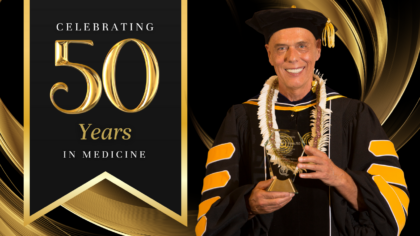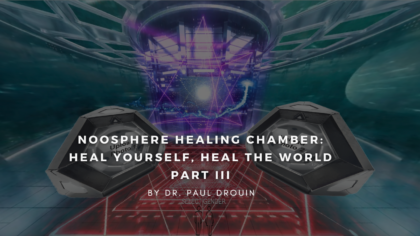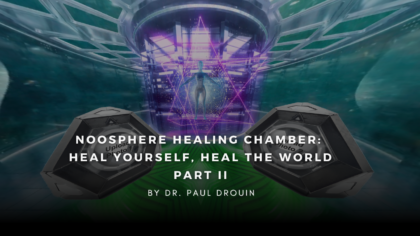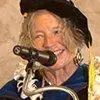Secret Life of a Cell (Part 3)
Secret Life of a Cell Part 3, introduces the largest structure inside a eukaryotic animal cell, the nucleus. Protected by a plasma membrane, the nucleus houses another structure called the nucleolus, home to the vast majority of genes and the primary site of ribosome synthesis. The nucleus is a densely packed conglomerate of chromatin regulatory proteins called histones, which organize strands of DNA into chromosomes and autosomes. Part 3 also discusses the structure of a chromosome, keeper of the cell’s genetic code.
The largest structure inside of a Eukaryotic animal cell is the nucleus. Protected by a plasma membrane, the nucleus houses another structure called the nucleolus, the primary site of ribosome synthesis. While some cellular DNA can be found in the mitochondria organelle, in DNA, the vast majority of your genes are located in the nucleus. Home to a cells genetic code, the nucleus is a densely packed conglomerate of chromatin regulatory proteins called histones. As the dukes of gene regulation, histones are responsible for organizing the unfathomably long strands of DNA into a neat little package called a chromosome.
In humans, each mammalian cell contains 23 pairs of chromosomes, 46 in total. 22 of these pairs are called autosomes. They look the same in both males and females. The 23rd pair are called the sex chromosomes and they are different in men and women. There is an intriguing biological phenomenon called Microchimerism, where a person may be housing a small number of cells that originate from another individual genetically distinct from their own cells. In these instances, a person may be housing cells with a different sex chromosome than their own. Male lineages of DNA transfer during intercourse are found living in women years later. Another instance of sex chromosome transgression occurs in Fetal Microchimerism, a process where male fetal cells pass through the placenta and establish cellular lineage with the mother. After giving birth, about 50%-75% of women retain a lineage with fetal immune cells.
It is important to note the other 22 pairs of chromosomes, the autosomes, still contain sexual determination genes. Some of the mind boggling complexities of gene expression will be covered in the later videos. For now, let’s just examine the structure of a chromosome and every step in how this organizational genome is packaged. Start with the long strand of DNA. If all the DNA in a single human cell was stretched out, it would form a very thin thread about 6 feet long and only 50 trillionths of an inch wide. In contrast, you can fit a bit more than 1,000 lympacyte cells on the head of a pin. If you were to lay out all the mammalian DNA in your body, it would stretch over 744,000,000 miles. Enough to make it to the moon and back, almost 1,500 times!
Take a DNA strand and loop it twice around eight histones and now you have a nucleosome. This is the basic building block of chromatin packaging. The nucleosomes coil together and make chromatin fibers. This chromatin complex typically has about twice as much protein as DNA. The chromatin fibers are used like ropes that get looped together and condensed into chromosomes during mitosis, the process of cell division. Since this high condensation only takes place when a cell divides, the form of chromosomes that we are most familiar with occurs only during a few stages of mitosis. Most of the time, DNA is more loosely packaged. Each chromosome contains hundreds to thousands of genes, the instructions for making proteins.


























